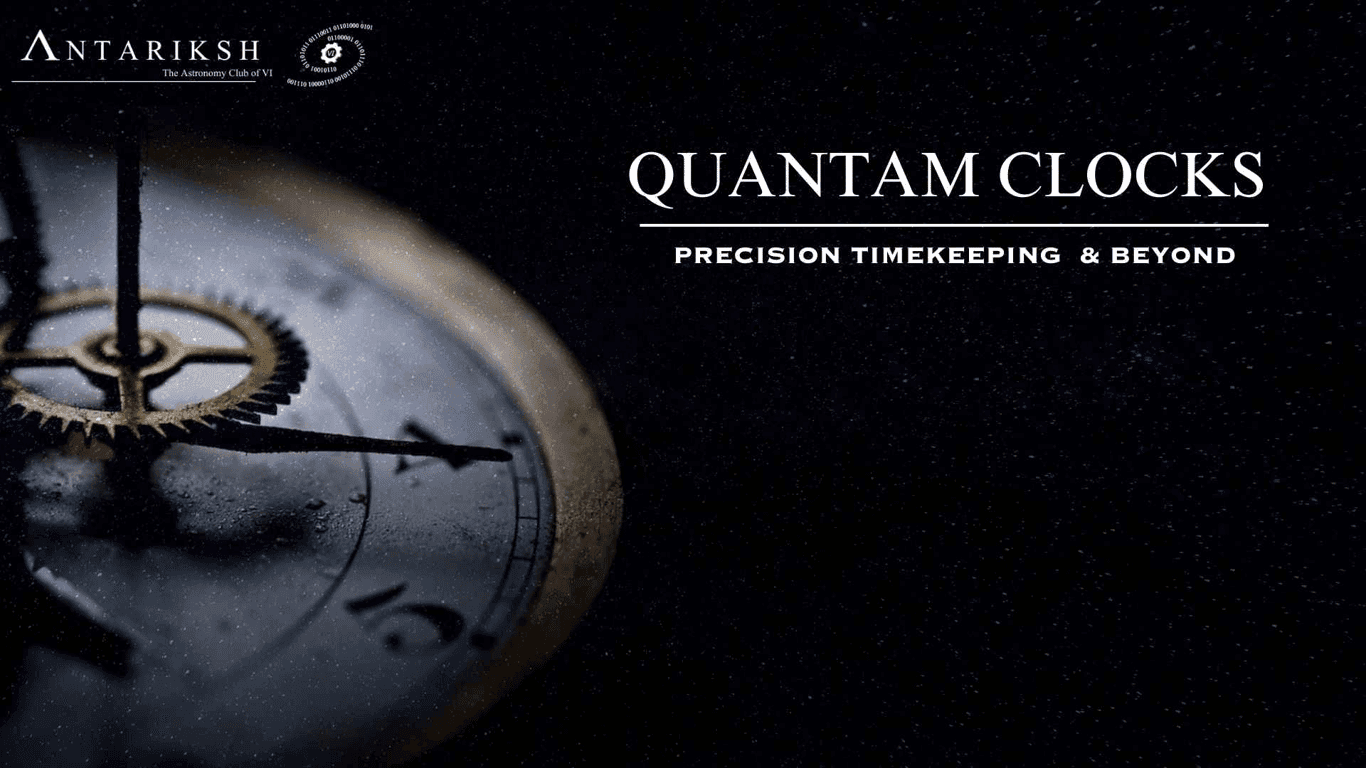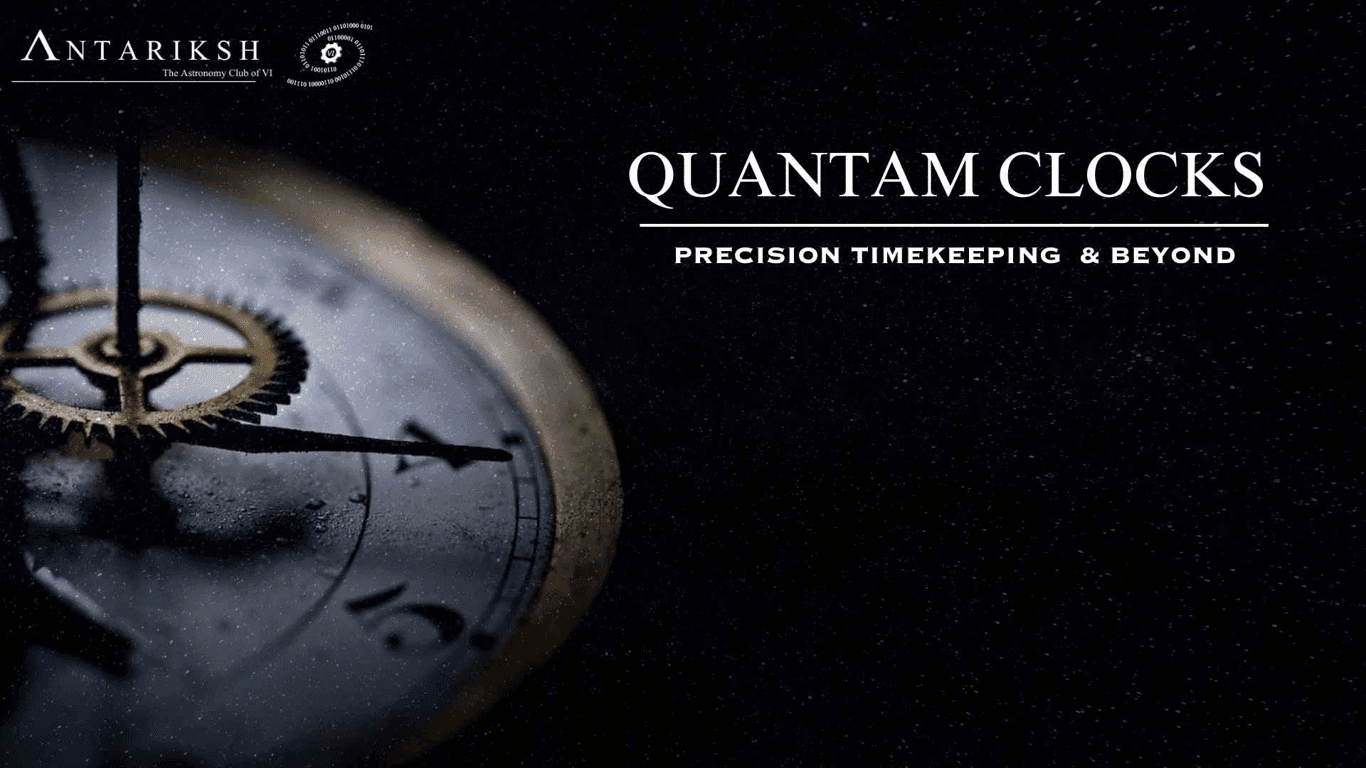
Emerging Technologies in Precision Measurement
Overview of Cutting-Edge Technologies
The field of precision measurement is rapidly evolving with the development of cutting-edge technologies. Quantum sensors, which utilize quantum states and entanglement, are at the forefront of this evolution. These sensors provide unprecedented accuracy in measuring physical quantities such as time, temperature, and magnetic fields. For example:
1. Quantum Gravimeters: These devices measure gravitational fields with extreme sensitivity, enabling scientists to detect small changes due to geological or atmospheric events.
2. Optical Lattice Clocks: These clocks use laser-cooled atoms trapped in an optical lattice to achieve extraordinary precision in timekeeping, crucial for various scientific applications.
The Role of Artificial Intelligence and Machine Learning in Measurement
Artificial intelligence (AI) and machine learning (ML) are increasingly being integrated into precision measurement processes. By analyzing vast datasets generated by advanced measurement devices, AI and ML can identify patterns and correlations that may be overlooked by traditional analysis methods. This synergy leads to:
- Enhanced Data Interpretation: AI algorithms can improve the accuracy of measurements by filtering out noise and making sense of complex data.
- Predictive Analytics: ML models can be trained to predict future measurements based on historical data, improving forecasting capabilities in various fields, including meteorology.
Innovations in Quantum Meteorology
Future Directions for Quantum Meteorological Techniques
As quantum meteorology continues to develop, several innovations are on the horizon:
1. Quantum Networks: The establishment of quantum communication networks could revolutionize data sharing among meteorological stations, leading to faster and more accurate data dissemination.
2. Hybrid Measurement Systems: Integrating quantum sensors with traditional meteorological instruments could enhance overall measurement accuracy, providing a more comprehensive understanding of atmospheric processes.
Potential Breakthroughs in Weather Prediction Accuracy
With advancements in quantum meteorological techniques, we may witness significant breakthroughs in weather prediction accuracy. For instance:
- Real-Time Atmospheric Monitoring: Quantum sensors capable of real-time monitoring of atmospheric variables can enhance predictive models, leading to more timely and accurate weather forecasts.
- Climate Change Predictions: Improved measurement techniques can lead to better models for predicting the impacts of climate change, aiding in global efforts to mitigate its effects.
Interdisciplinary Approaches
Importance of Collaboration Between Physics, Meteorology, and Engineering
The future of precision measurement and quantum meteorology relies heavily on interdisciplinary collaboration. By fostering partnerships between physicists, meteorologists, and engineers, we can develop innovative solutions to complex challenges. Such collaboration can lead to:
- Improved Instrument Design: Engineers can work with physicists to design and manufacture more effective measurement instruments that leverage quantum principles.
- Integrated Research Projects: Joint research initiatives can facilitate the sharing of knowledge and expertise, resulting in advancements across multiple disciplines.
Examples of Interdisciplinary Research in Precision Measurement
- Quantum Imaging Techniques: Researchers from various fields are exploring quantum imaging methods that enhance the visualization of atmospheric phenomena, improving understanding and forecasting.
- Collaborative Climate Research: Teams composed of physicists, climate scientists, and data analysts are working together to improve climate models using advanced quantum measurement data.
Conclusion and Implications for Society
The Broader Impact of Advancements in Precision Measurement and Quantum Meteorology
The advancements in precision measurement and quantum meteorology will have far-reaching implications for society. More accurate weather predictions can lead to better disaster preparedness, improved agricultural practices, and informed decision-making regarding climate policies. Additionally, advancements in measurement techniques can enhance our understanding of the environment, leading to more effective conservation efforts.
Final Thoughts on the Future of These Fields
As we move forward, the integration of quantum principles in precision measurement and meteorology holds great promise. Continued research and innovation in these fields will unlock new possibilities for understanding and predicting complex environmental phenomena.
Call to Action
To fully realize the potential of precision measurement and quantum meteorology, it is essential to encourage further research and collaboration across disciplines. Funding for interdisciplinary projects, support for emerging technologies, and engagement with the scientific community will be crucial in driving these fields forward.
Sample Questions
1. Question 1: Describe two emerging technologies in precision measurement and discuss how they could impact the field of meteorology.
2. Question 2: Explain the role of AI and ML in enhancing precision measurements. Provide an example of how these technologies can improve weather forecasting.
3. Question 3: Discuss the importance of interdisciplinary collaboration in advancing quantum meteorology. Provide examples of how different fields can contribute to this area of research.



